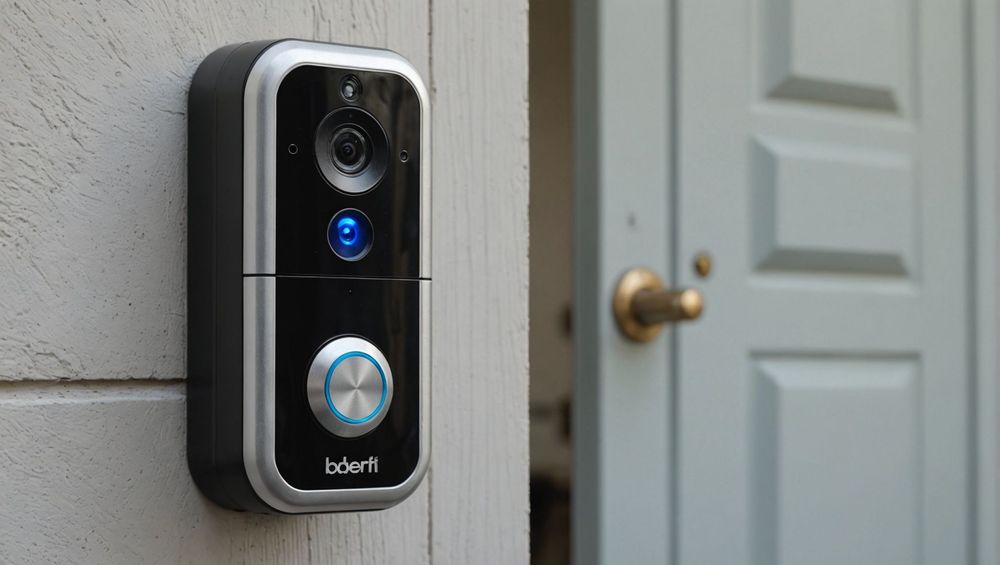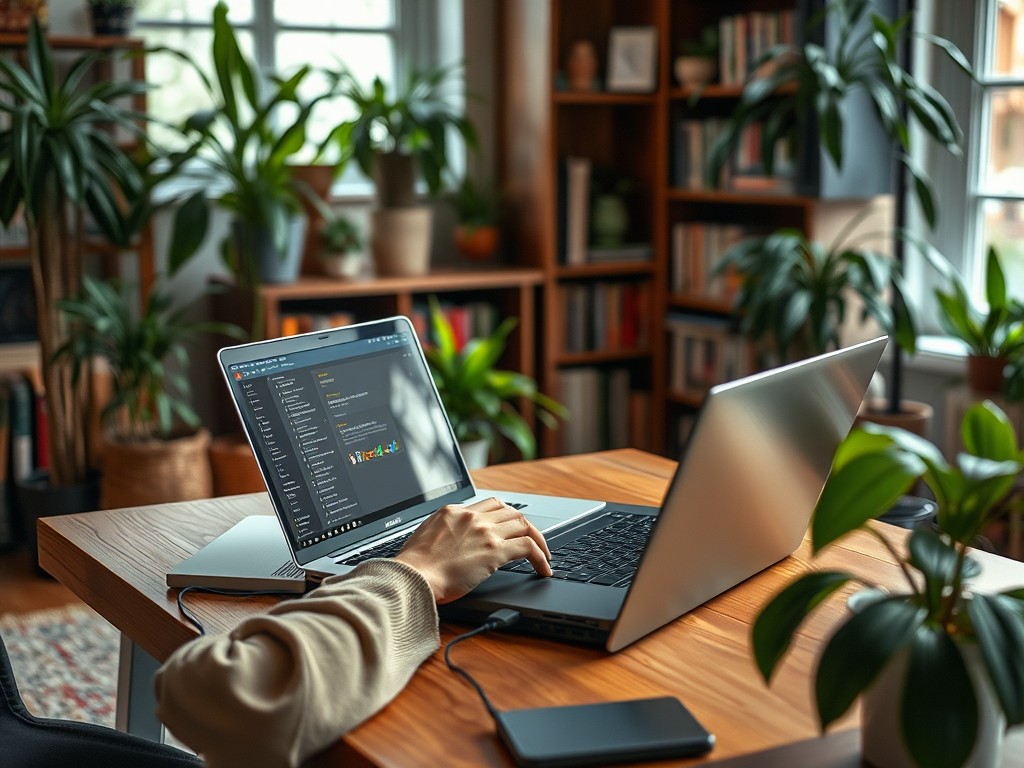Taking a screenshot on your Samsung phone can be as simple as quickly pressing a couple of buttons or executing a swift hand gesture. In today’s information-driven world, capturing the content on your screen is a handy way to save or share it. Whether you’re looking to preserve a memorable conversation, save a transaction confirmation, or guide someone through a technical process, screenshots are indispensable tools. Samsung smartphones, particularly Galaxy phones, offer a range of methods to take screenshots, tailored to fit their user-friendly mantra. This article will dive into the various ways you can capture your screen using Samsung Galaxy devices and provide some troubleshooting tips for those rare moments when the function may not perform as expected.
Understanding Your Samsung Device
Samsung devices come in various models, each with slight variations in functionality that can affect how certain features work, including taking screenshots. Before you attempt to take a screenshot, it’s crucial to know your specific model because the process can slightly differ from one device to another. Samsung’s lineup ranges from earlier Galaxy phones to the newest Samsung Galaxy devices, which might have additional features like ‘scrolling capture’ or ‘Smart select’. Knowing your device’s capabilities will not only make taking screenshots easier but can also enhance your overall user experience.
- Determine your Samsung phone model by going to ‘Settings,’ scrolling down to ‘About phone,’ and noting the model number.
- Familiarize yourself with any special screenshot features unique to your model by exploring the ‘Advanced features’ in the settings menu.
Samsung’s newer devices tend to have more gesture-based controls or additional screenshot methods that older models may lack. For example, the ‘palm swipe to capture’ function may not be available on older models. As a user of Samsung Android phones, you have the advantage of a streamlined Android interface combined with Samsung’s intuitive design, making screenshots a breeze once you’ve nailed down the right method for your device.

The Standard Screenshot Method
The most common way to take a screenshot on Samsung and other Android phones involves just pressing two buttons simultaneously. This method works across most Samsung Galaxy devices and Android smartphones, although the precise buttons may vary.
To take a standard screenshot on a Samsung Galaxy phone:
- Position the content you want to capture on the screen.
- Press and hold the ‘Power’ and ‘Volume Down’ buttons at the same time for about 1-2 seconds.
When the screenshot is captured, the screen will usually flash, and a shutter sound might play, indicating a successful screenshot. Once captured, you can access the screenshot in the Gallery app or the ‘Screenshots’ folder in your device’s photo library.
| Steps | Details |
|---|---|
| 1 | Navigate to the content you want to save. |
| 2 | Press and hold the ‘Power’ + ‘Volume Down’ buttons. |
| 3 | Wait for the screen flash and shutter sound. |
| 4 | Release the buttons. |
| 5 | Access the screenshot in your Gallery app. |
Although this is the standard method, settings may vary, and some users might find that their device does not respond as expected. If your screen capture is not working, don’t worry—several other methods and troubleshooting tips can help, which we’ll explore later in the article.
Alternative Screenshot Methods
Beyond the standard method, Samsung Galaxy smartphones offer different ways to take screenshots that can be more convenient depending on the situation or simply cater to personal preference. One popular method among Galaxy users is the ‘palm swipe to capture’ feature, which allows you to take a screenshot by simply swiping the side of your hand across the phone’s screen.
To enable and use the palm swipe feature:
- Open the ‘Settings’ app on your Samsung Galaxy phone.
- Scroll down and tap on ‘Advanced features.’
- Look for ‘Motions and gestures’ and tap on it.
- Find ‘Palm swipe to capture’ and toggle the switch to turn it on.
Once enabled, you can simply swipe the edge of your hand horizontally from one side of the screen to the other to capture a screenshot. It’s important to note that this gesture might need to be done firmly to register correctly but without too much force that could potentially harm your phone’s screen.
Samsung devices equipped with an S Pen, like the Galaxy Note series, offer even more screenshot versatility. By extracting the S Pen and using the ‘Smart select’ or ‘Screen write’ features, users can capture specific parts of their screen or immediately start annotating their screenshot before saving or sharing it.

Editing and Sharing Your Screenshots
Once you’ve taken your screenshot, Samsung smartphones provide a suite of options for editing and sharing. Accessing your latest screenshot can be done quickly by simply tapping the preview that pops up immediately after the screenshot is taken. Alternatively, you can navigate to the Gallery app or the dedicated ‘Screenshots’ folder where all your captures are conveniently stored.
From the moment you access the screenshot, you have multiple editing possibilities at your fingertips:
- Cropping the image to highlight the desired area.
- Drawing or scribbling notes directly on the screenshot with various pen styles and colors.
- Adding stickers or labels to make the image more informative or entertaining.
- Adjusting color, contrast, and brightness to enhance visibility.
Samsung’s editing tools are intuitive and robust, ensuring that every user can tailor their screenshot before it’s saved or shared. When it comes to sharing, Samsung makes this simple by offering instant sharing options as soon as you edit and save your screenshot. With just a couple of taps, you can share your capture via social media platforms, messaging apps, email, or any method your phone supports.
- Open the edited screenshot and tap the ‘Share’ button.
- Choose from the array of sharing options available – whether it’s WhatsApp, Facebook, email, or direct sharing with nearby devices using Samsung’s Quick Share feature.
The focus on seamless user experiences is evident in the way Samsung integrates its sharing capabilities. Whether it’s delivering quick instructions, sharing moments with friends, or collaborating on projects, your Galaxy device ensures that the transfer of visual information is as smooth as possible.
Troubleshooting Common Issues
Like any feature on modern smartphones, the screenshot function may occasionally encounter issues. Some common problems might include screenshots not working or the phone not registering the screenshot command. Here’s how to troubleshoot and resolve these issues on your Samsung Galaxy phone:
- Restart your phone. Often, a simple reboot can fix any temporary bugs preventing the screenshot function from working.
- Check for system updates. Running on the latest Android OS version ensures that all functionalities, including screenshots, are optimized.
If the standard and palm swipe methods are failing, you might need to check your phone’s settings and ensure nothing is disabled or incorrectly set up. Go to ‘Settings’ > ‘Advanced features’ and reassess the ‘Motions and gestures’ menu. Also, consider that some apps or screens may restrict screenshots due to security or copyright concerns.
Another issue could be a malfunctioning physical button, especially if your phone is older or has been dropped. If the power or volume buttons are not working correctly, using alternative screenshot methods is a must. Remember, assistance from Samsung Support is always available if you run into unsolvable problems.

Conclusion
Capturing what’s on your Samsung phone’s screen is not only easy but also versatile, with several methods to choose from. Whether you use the classic button combination, a nifty hand swipe, your handy S Pen, or delve into advanced settings for that perfect scrolling capture, taking screenshots on Samsung Galaxy devices is designed to be user-friendly. Mastering these methods enhances your technological fluency and broadens the ways you can use your Samsung device. With the added benefit of straightforward editing and sharing options, your screenshots will not just serve as memos but could also be the start of creating engaging content or effortlessly sharing important information. So, pick up your Samsung Galaxy phone and start practicing these screenshot techniques today!
FAQs
Q1. Can I take a long screenshot on my Samsung Galaxy phone to capture scrolling content?
A1. Yes, Samsung Galaxy phones have a feature called ‘Scrolling capture’ that allows you to take extended screenshots of content that spans several screens. After taking a standard screenshot, simply tap the ‘Scroll capture’ option that appears and continue tapping until you’ve included all the desired content.
Q2. My Samsung phone does not show the ‘Palm swipe to capture’ option. What should I do?
A2. If your Samsung phone does not have the ‘Palm swipe to capture’ option, it may be due to the model not supporting this feature or because your phone’s software needs an update. Check for software updates in your settings, or refer to your user manual or Samsung’s online support for model-specific information.
Q3. How can I share a screenshot immediately after taking it without editing?
A3. Right after taking a screenshot, a toolbar appears at the bottom of the screen with various options, including sharing. You can quickly press the share icon to access your sharing options and choose the desired app or service to share your screenshot.
Q4. The power and volume buttons on my Samsung phone are broken. How can I take a screenshot?
A4. If the physical buttons on your phone are broken, you can use alternative methods like the ‘Palm swipe to capture’ or, if you have a Note device, the ‘Screen write’ feature with the S Pen. Additionally, you can enable ‘Assistant menu’ under Accessibility settings, which provides an on-screen menu with a screenshot option.
Q5. Are there any screenshot restrictions on Samsung Galaxy phones?
A5. Yes, some apps or specific content may not allow screenshots due to security policies or copyright restrictions. In such cases, the screenshot function may be disabled, and you’ll likely receive a notification explaining why the screenshot cannot be taken.



